La Dame aux Camélias
Introduction
Based on the novella by Alexander Dumas (fils), which has inspired many and varied versions of the story, including La Traviata and Moulin Rouge!, John Neumeier's ballet was first performed by this same company in June, 2006.
Dumas' story is based loosely on his own affair with Marie Duplessis (here, she is Marguerite Gautier) and he himself has been 'transposed' into Armand Duval.
Marguerite is a courtesan, who inhabits the salons and theatres of Paris, being paid for her company, and having her own Duke to look after her as a 'kept woman'.
Armand Duval is a young, and fairly innocent lad from out of town, and falls in love with Marguerite straight away. She is not too certain about him at first glance, but soon learns that it may be more prudent to give yourself to someone who does actually love you rather than go with anyone who flashes their money.
She is, of course, terminally ill with tuberculosis, but manages to prevent this news from getting to her young lover.
Meanwhile, Armand's father, trying his best to help his son, persuades Marguerite to leave him, but they meet again a little while later and their affair continues, but Marguerite runs off, feeling guilty about breaking her promise to Armand's father.
They meet once more at a party, and Armand, in his over-emotional state, hands her a bag of money, which is the biggest insult she could receive, yet she still doesn't tell him of her agreement with Armand Snr.
She dies, alone and penniless, and her belongings are auctioned off - which is where the story actually begins.

Audio
No complaints whatsoever. Even though the pianos are rightly brought to the front, there is no sense of clattering, and balance between the soloists and orchestra, when it plays, is natural.
Video
An excellent transfer, which brings out the extremes of lighting well, and colours are well caught.
Extras
A very satisfying documentary with interviews from all involved, which explains in great detail how the piece was put together, and especially how John Neumeier gained his inspiration for the choreography.
A few more details on the Manon sub-plot within the work are found in the excellent notes from Reiner E. Moritz within the accompanying booklet
Conclusion
A story about courtesans with a little cough is nothing new, and one, which I have already mentioned is something which has been used ever since tuberculosis became a fashionable disease for certain levels of society.
This particular creation however is once which has tragically real beginnings. From around the age of 16, Marie Duplessis (Dumas' real-life lover) became aware of how certain rich men would pour their riches onto her, and so she educated herself in various languages and the arts in order to progress as far into Parisian society as she could. Unfortunately, she died of tuberculosis at the age of 23 in February 1847, and the dates within the Dumas story follow suit.
Chopin himself, who was very popular in the salon culture throughout Europe, also succombed to severe lung disease, at the age of 39 in 1849.
The music, despite having an almost universal appeal in concert halls, was mostly written for the exact same salons in which this sort of real-life drama was played out again and again, and in these situations, were probably treated in the most part with respect, but as fairly light and dare I say it, trivial works.
In the ballet itself, Neumeier wisely skips many of the smaller pieces, and chooses certain musical phrases (notably from the 24th Prelude) as a kind of leitmotif to help things hang together and give the work a sense of continuity, adding complete larger works or movements for extended dance sequences, especially the first Ballade, second movement of the first concerto, 'Raindrop' Prelude and the aforementioned 24th Prelude.
Used in this way, previously familiar music moves into far more dramatic and almost 'programmatical' territory, and it's not difficult to suspend your belief and begin to enjoy how Neumeier has crafted his steps around the music without making anything appear artificial.
Moving onto 'the steps', I'm certainly no expert when it comes to choreographical technicalities, but can certainly tell when the dancers are performing as if they mean it, and here, there is absolutely no doubt that they do. During the excellent documentary, all the principals admit that Neumeier doesn't hold back in insisting on incredibly difficult sequences, but no-one actually complains about it, taking everything in their stride (hoho) and accepting that such things are necessary in such an emotional story.
Much of this emotion is psycological, rather than explicit, but has an immediacy many of the more established ballets can only dream of. Manon Lescaut is mentioned at the opening of the Dumas tale (in that Marguerite goes to a ballet performance of the story), yet the connection between the two women takes on a more powerful and sinister element here, as Marguerite's initial refusal to believe that there is any similarity between her own life and that of the fictional character develops into an overwhelming obession whereby Manon and her lover, des Grieux, begin to interact with Margeurite and Armand in an almost Hitchcockian manner.
As Manon and des Grieux, Delphine Moussin and José Martinez fit the roles perfectly, creating a great sense of a live performance on a stage already filled by the' audience', and marvellously ghostly re-appearances in the minds of the two main characters as the 'Manon effect' overcomes the lovers.
It's worth giving a mention to Dorothée Gilbert, who dances the role of Prudence Duvernoy, a younger, less-reserved courtesan. Aspiring to be everything Marguerite has become, and who is willing to pick up with anyone Marguerite has dropped, her characterisation of the part is a delight, and gives the ballet some well-needed cheerfulness.
As Armand, Stéphane Bullion seems a little out of place, or perhaps it's just that he has immersed himself in the part so much that his general 'distractedness' is brilliantly portrayed in his dance. He has an unnerving similarity to Simon Amstell as well, which shouldn't really have put me off. The love duets between Armand and Marguerite however are unshamedly erotic, powerful pieces and great to watch.
Agnès Letestu's performance as Marguerite is phenomenal. Even when she isn't doing much, her poise and stage presence draws the eyes. When she does actually dance, and this is a huge role even for a principal, then you can only marvel at how she moves and acts with seemingly little effort, but with every part of her body. She has a face which you feel you have seen in arty French films for decades, never saying anything, but rarely having to.
The real stars of this performance though are the two pianists, Emmanuel Strosser and Frédéric Vaysse-Knitter. Some on-stage and some off-stage (I imagine one was in the pit), this work is mostly solo-driven, with few orchestral accompaniments. Either way, their musicality is incredible, having not only to carry off convincingly some of Chopin's most sensitive and frighteningly difficult passages in equal measure, but also to fit everything in to choreography which was never envisaged by the composer himself. When the orchestra does play, it all sounds great, but they aren't needed for much, and it's not very taxing when they are used. I imagine there were a few books being read - not when the cameras were in of course!
If anyone wanted to sample something a bit different, and probably less familiar then this DVD is the one to go for. It doesn't disappoint on any level.

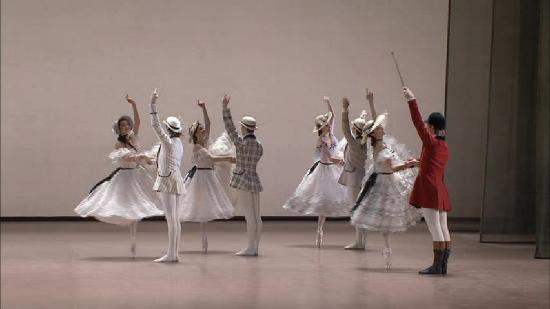
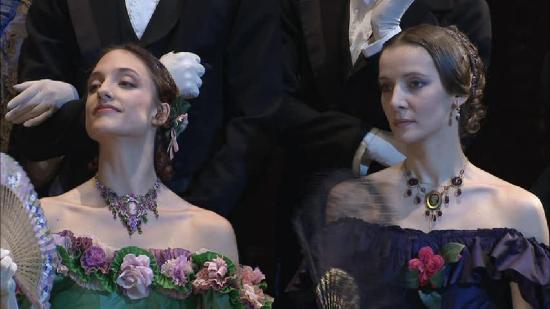
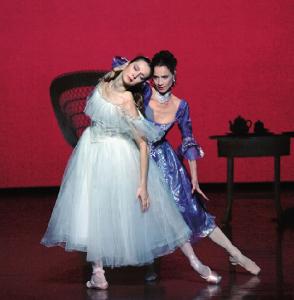
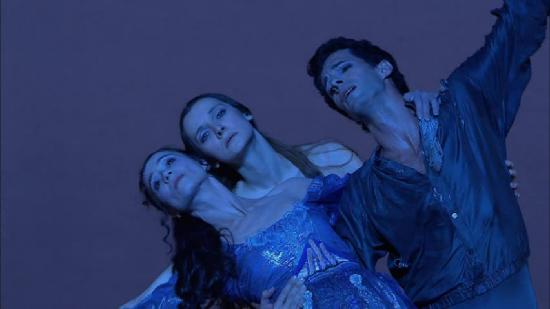
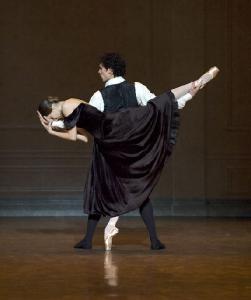
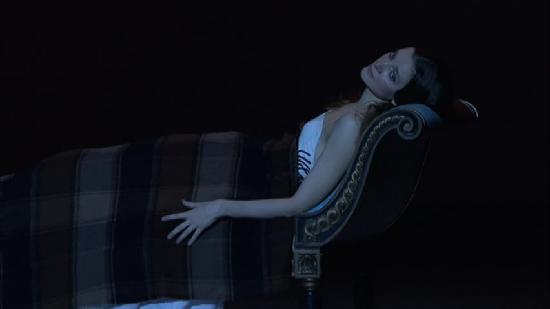
Your Opinions and Comments
Be the first to post a comment!